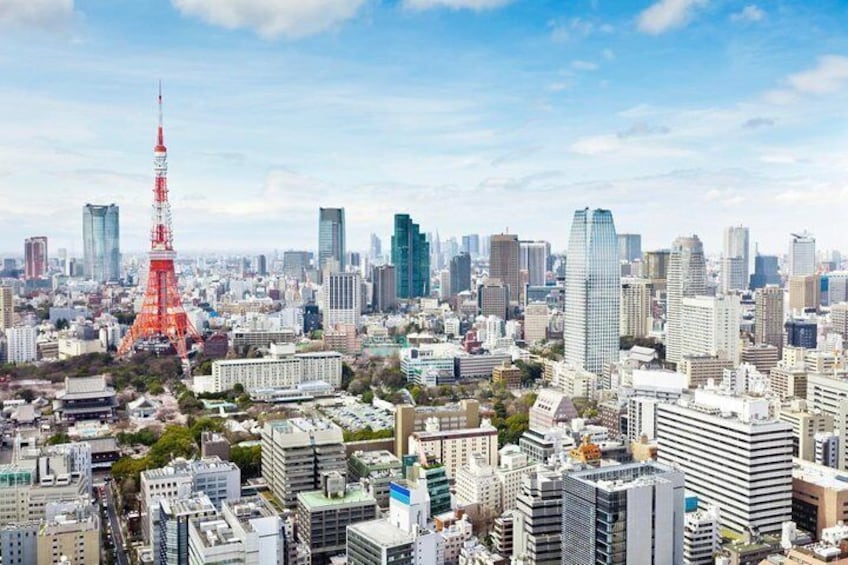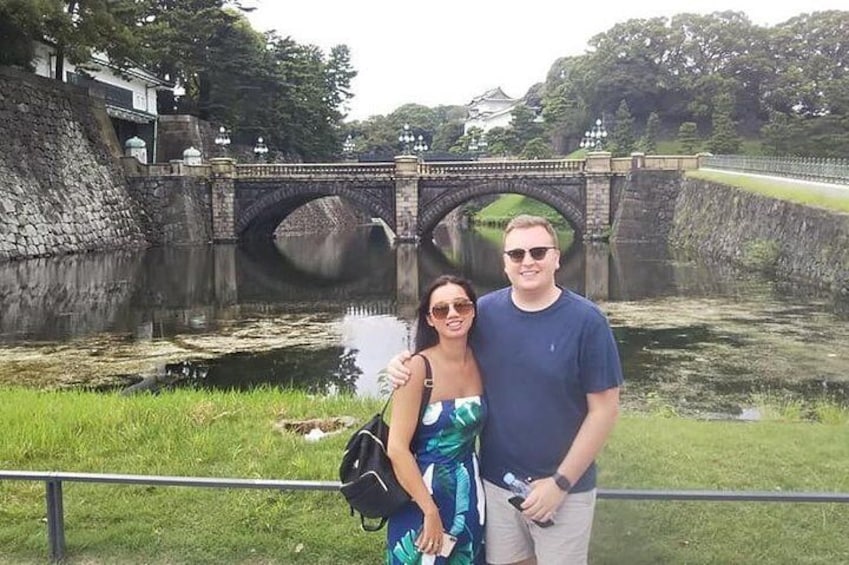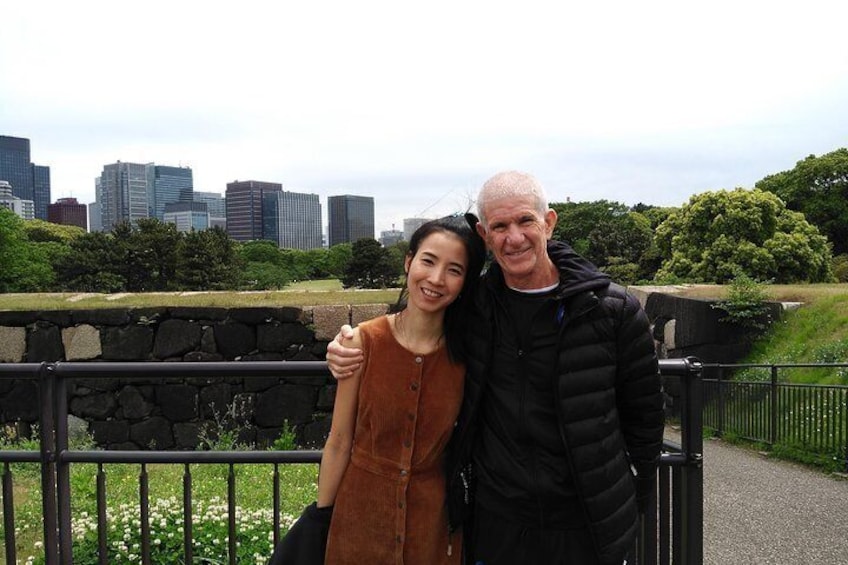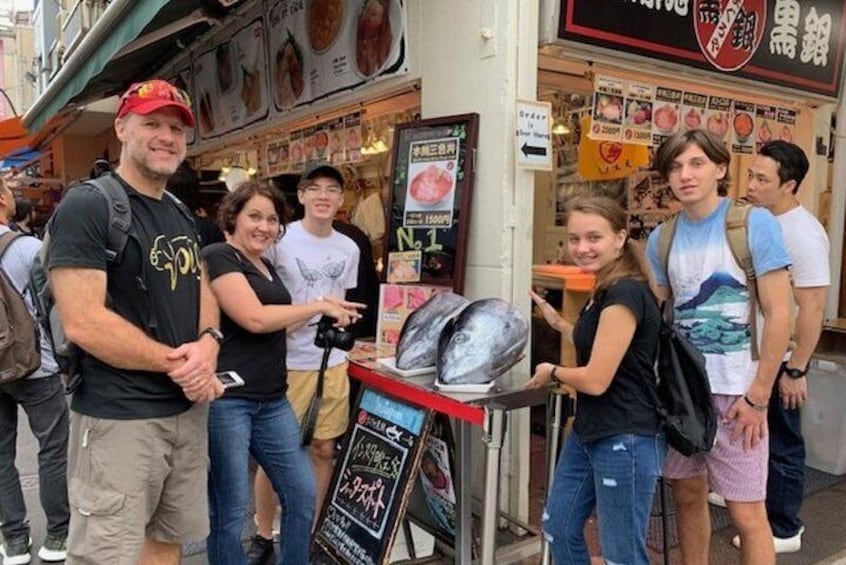Members save 10% or more on over 100,000 hotels worldwide when you’re signed in





Tokyo 6hr Private Tour with Government-Licensed Guide
9.8/10
9.8 out of 10Features
- Free cancellation available
- 6h
- Mobile voucher
- Instant confirmation
- Selective hotel pickup
- Multiple languages
Overview
Enjoy an efficient, one-day tour of Tokyo accompanied by a government-licensed and experienced English Speaking guide! Your guide will introduce both modern and traditional aspects of this dynamic city.
Due to the enormous size of Tokyo, one of the largest metropolitan areas in the world, a one-day tour would probably focus on one small area, which would still leave you in awe at the scale of the city. Tokyo is where you can experience both modern and traditional, and your experienced private guide will help you efficiently enjoy a full day in this dynamic Japanese capital. Let us know what you would like to experience, and we will customise a six-hour tour that's best for you!
Note*1: Please select your must-see spots from a list in the tour information to create your customised itinerary.
Activity location
- Asakusa
- Asakusa, Tokyo Prefecture, Japan
Meeting/Redemption Point
- Asakusa
- Asakusa, Tokyo Prefecture, Japan
Check availability
Tokyo 6hr Private Tour with Government-Licensed Guide
- 6h
- English
What's included, what's not
- Guide Entry fees are only covered for sights listed under What to Expect
- Customisable Walking Tour of your choice of 3-4 sites from 'What to expect' list
- Meet up with guide on foot within designated area of Tokyo
- Licensed Local English Speaking Guide
- Transport fees, Entrance fees, Lunch, and Other personal expenses
- Private Vehicle
- You cannot combine multiple tour groups.
Know before you book
- Wheelchair accessible
- Infants and small children can ride in a pram or stroller
- Service animals allowed
- Public transport options are available nearby
- Transport options are wheelchair accessible
- All areas and surfaces are wheelchair accessible
- Suitable for all physical fitness levels
- Tour dates can be changed up to 2 days before the tour. Any tour date change may result in a change of tour guide or tour unavailability.
- This is a walking tour. Pick up is on foot.
Activity itinerary
Asakusa
- 1h
Imperial Palace
- 30m
Shinjuku Gyoen National Garden
- 5m
- Admission ticket not included
Shibuya Crossing (Pass by)
Tsukiji Fish Market
- 30m
Meiji Jingu Shrine
- 5m
Akihabara
- 5m
Koishikawa Korakuen Garden
- 5m
- Admission ticket not included
Hama Rikyu Gardens
- 5m
- Admission ticket not included
Tokyo National Museum
- 5m
- Admission ticket not included
Senso-ji Temple
- 5m
Rikugien Garden
- 30m
- Admission ticket not included
Yoyogi Park
- 30m
Takeshita Street
- 30m
Odaiba District
- 5m
Shibamata
- 5m
Nezu
- 5m
Shinjuku Golden Gai
- 5m
Tokyo Tower
- 1m
- Admission ticket not included
Gotokuji Temple
- 10m
Location
Activity location
- Asakusa
- Asakusa, Tokyo Prefecture, Japan
Meeting/Redemption Point
- Asakusa
- Asakusa, Tokyo Prefecture, Japan